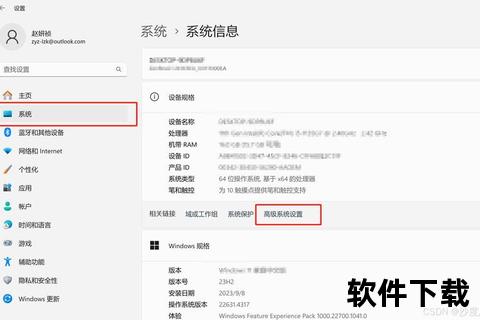在数字化时代,数据传输的效率与可靠性直接影响着开发者和普通用户的工作体验。无论是从网络获取公开数据集,还是自动化处理日常任务,掌握高效的文件下载方法都至关重要。Python凭借其丰富的第三方库生态,成为实现这一目标的理想工具。本文将深入探讨如何通过`requests`和`wget`两个核心工具实现文件的安全高效传输。
一、工具核心优势解析

1.1 requests:人性化的HTTP交互
作为Python最受欢迎的HTTP库,`requests`以简洁的API设计著称。其特点包括:
1.2 wget:老牌下载利器

预装在多数Linux系统的`wget`工具,在Python中可通过`python-wget`库调用:
二、环境配置与基础准备
2.1 安装指南
bash
安装requests库
pip install requests
安装wget库
pip install python-wget
2.2 安全基础配置
python
证书验证(默认启用)
response = requests.get(url, verify=True)
代理设置
proxies = {'http': '
requests.get(url, proxies=proxies)
超时控制(单位:秒)
requests.get(url, timeout=(3.05, 27))
三、高效下载实现指南
3.1 使用requests下载文件
基础下载流程:
python
import requests
url = '
response = requests.get(url)
with open('local_file.zip', 'wb') as f:
f.write(response.content)
进阶功能实现:
python
with requests.get(url, stream=True) as r:
for chunk in r.iter_content(10241024): 每次下载1MB
process_chunk(chunk)
python
headers = {'User-Agent': 'Mozilla/5.0'}
requests.get(url, headers=headers)
3.2 使用wget批量下载
python
import wget
基本下载
filename = wget.download(url)
带进度条显示
wget.download(url, bar=wget.bar_adaptive)
递归下载网站资源(模拟命令行)
import subprocess
subprocess.run(['wget', '-r', '-nd', '--level=2', url])
四、安全防护实践
4.1 关键安全措施
1. 证书指纹验证:对比服务器证书指纹
python
fingerprint = 'sha256_指纹字符串'
response = requests.get(url, verify=False)
assert response.headers['SSL_CERT_SHA256'] == fingerprint
2. 文件完整性校验
python
import hashlib
def verify_file(path, expected_hash):
sha256 = hashlib.sha256
with open(path, 'rb') as f:
while chunk := f.read(8192):
sha256.update(chunk)
return sha256.hexdigest == expected_hash
3. 敏感信息隔离:使用环境变量存储密钥
python
import os
api_key = os.environ.get('API_SECRET_KEY')
五、性能优化策略
5.1 并发下载加速
使用`concurrent.futures`实现并行下载:
python
from concurrent.futures import ThreadPoolExecutor
def download_segment(start, end):
headers = {'Range': f'bytes={start}-{end}'}
return requests.get(url, headers=headers)
with ThreadPoolExecutor(max_workers=4) as executor:
futures = [executor.submit(download_segment, s, e)
for s, e in calculate_segments]
5.2 智能重试机制
python
from requests.adapters import HTTPAdapter
from urllib3.util.retry import Retry
session = requests.Session
retries = Retry(
total=3,
backoff_factor=0.5,
status_forcelist=[500, 502, 503, 504]
session.mount(' HTTPAdapter(max_retries=retries))
六、应用场景与用户反馈
6.1 典型使用案例
6.2 用户评价分析
开发者的主要反馈集中在:
七、技术发展趋势
1. AI集成方向:智能预测下载失败概率并自动切换源站
2. 协议演进支持:全面适配HTTP/3的QUIC协议
3. 安全增强:整合零信任架构的认证机制
4. 性能突破:利用FPGA加速加密传输过程
八、决策建议指南
通过合理选择工具并实施安全策略,用户可构建既高效又可靠的数据传输通道。随着Python生态的持续发展,后续版本可能会在边缘计算、物联网等领域展现更强的适应能力。
